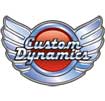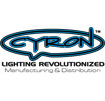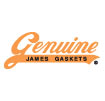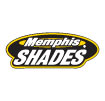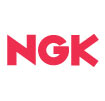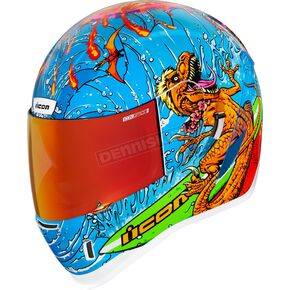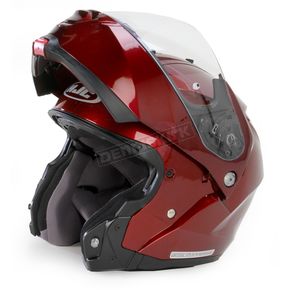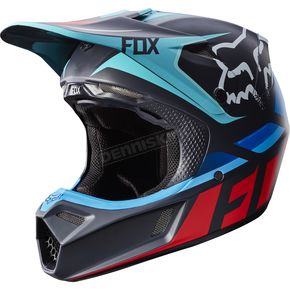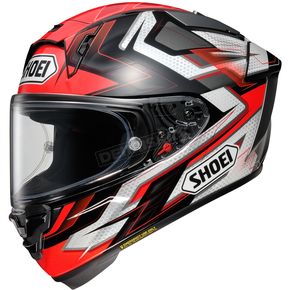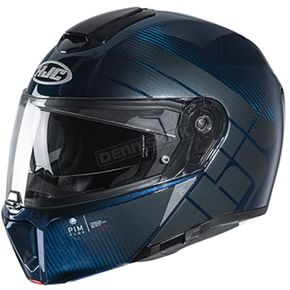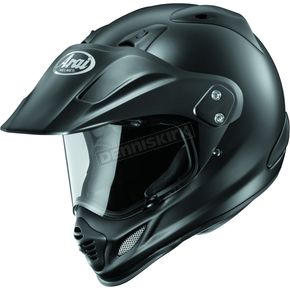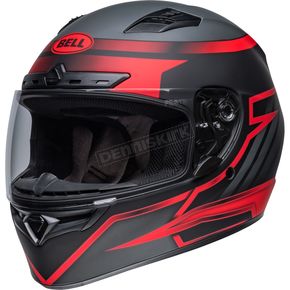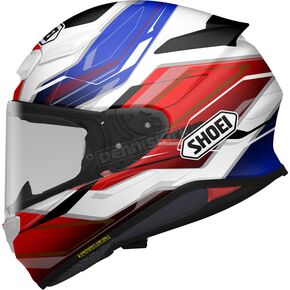Top Rated Motorcycle Helmets
Filter Results
Availability
Ride Types
Categories *
Brands
Price Range
Special Offers
Discounts
Ratings
Featured Categories
Viewing Results 1 - 40 of 3,028
-
-
-
-
-
-
-
-
-
 13 Options available
13 Options available -
-
-
-
-
-
-
 Black/Gold Custom 500 Roland Sands Design Check It Helmet Bell HelmetsCloseout 127.46$169.95 - 25% Off17 Options available
Black/Gold Custom 500 Roland Sands Design Check It Helmet Bell HelmetsCloseout 127.46$169.95 - 25% Off17 Options available -
 Matte/Gloss Black/Silver/Red SRT Modular Hart Luck Jamo H... Bell HelmetsCloseout 314.96$419.95 - 25% Off7 Options available
Matte/Gloss Black/Silver/Red SRT Modular Hart Luck Jamo H... Bell HelmetsCloseout 314.96$419.95 - 25% Off7 Options available -
-
-
-
-
-
-
-
-
-
-
-
-
-
-
-
-
 9 Options available
9 Options available -
-
 Matte Black/Crimson/Gray Qualifier DLX Mips Raiser Helmet Bell HelmetsSale 254.95$299.95 - 15% Off9 Options available
Matte Black/Crimson/Gray Qualifier DLX Mips Raiser Helmet Bell HelmetsSale 254.95$299.95 - 15% Off9 Options available -
 14 Options available
14 Options available -
-
-
Shop the Best Motorcycle Helmets
Buying a motorcycle helmet can be an overwhelming task, but it is also an important one. A motorcycle helmet is the most important piece of gear that protects you in the event of a crash. With so many different styles and fitments, it can be difficult to find the right one and too often people will choose a helmet quickly to just get the process over with. The fact that those people have chosen to wear a helmet is a good first step, but if you are going to wear a motorcycle helmet, you might as well find the one that will work best for you and your needs.
We carry all of the top brands you trust for safe, high-quality performance motorcycle helmets like Shoei helmets, Icon helmets, Bell helmets and HJC helmets and dozens more. We also carry a full complement of helmet types, including modular helmets, full face motorcycle helmets, dirt bike helmets, dual sport helmets, half-helmets, open face helmets, and shields. You can choose from more than 200 colors and 400 graphic styles with helmet sizes in kids, women, men, unisex, and adult, small to XXXXX-Large. No matter what you're looking for, you'll find it here at Dennis Kirk.
Listed below is a guide to help you find the perfect helmet to keep you safe and make riding more enjoyable.
Safety Ratings
If you have picked up a motorcycle helmet before, you have likely noticed the DOT or SNELL stickers on the back, but what is their importance? Both organizations test for Impact (shock absorbing capacity), Penetration (ability to withstand a blow from a sharp object, Retention (chin strap’s ability to stay fastened), and Peripheral vision.- To be legal on the street, all helmets must meet the DOT standards. DOT is the minimum standard that the Federal Government’s Department of Transportation sets in order for a helmet to be sold for use on public streets.
- SNELL is an independent not-for-profit group that sets higher standards of safety for motorcycle helmets. Helmet manufacturers must apply for the SNELL approval rating contrary to DOT, where the manufacturer decides for themselves based on the honor system. SNELL certified helmets reach the highest safety standards.
- When a helmet does not have a safety rating it is called a “novelty” helmet. These helmets are usually made to be lighter and less of a “nuisance” to the rider, but it will not succeed in protecting the rider upon impact. These helmets should be avoided. Again, if you are going to wear a helmet, you might as well wear one that will give you the most protection.
Helmet Fitment
It is a fact that most riders wear a motorcycle helmet that is too large for them. Proper fitment can greatly improve the effectiveness of the helmet upon impact. Here are the steps to find a helmet that will fit you.- Measure your head. To do this, use a cloth tape to wrap around the largest portion of your head. This is usually about one inch above your eyebrows and ears.
- Cross reference your head measurement to the size chart of the helmet brand that you would like to buy from. Sizes for most motorcycle helmet manufacturers will differ from one another, so be sure to match your size with the right brand.
- If your measurement falls between two sizes, try the smaller size first.
- Try the desired helmet on. The helmet should fit as snug as possible without creating pressure points or biting of the cheeks.
- To test if the helmet is tight enough, securely fasten the chin strap and then proceed to try and remove the helmet by pulling on the back and rolling it forward. If you can remove the helmet, it is too big and a smaller size is needed.
- Helmets are like human heads. Shapes and sizes are all over the board. Different brands and styles will fit your head differently, so explore your options and find the one that matches the shape of your head the best.
- For a lot of helmets, the cheek pads can be changed to accommodate the shape of your head, whether you need smaller or larger ones.
Motorcycle Helmet Styles
Choosing the right style of helmet for you depends on your personal preferences and what makes you most comfortable. Each style has its own advantages and disadvantages. Here is a list of the different styles of motorcycle helmets.- Full Face Helmets- This style offers the most protection and coverage for the rider. When fitted correctly, a full face helmet can reduce wind noise. While it is the safest option, it might be the warmest on hot days.
- Modular Helmets- In essence, this is a form of full face helmet with the advantage of the chin bar being able to be lifted up at stops, giving the rider full access to the face. Although they have become increasingly safer through technological advances, a modular motorcycle helmet will inherently be less safe than a full face because of the added moving parts.
- Open Face (3/4) Helmets- With this style, the rider has a greater field of vision compared to a full face or modular. The rider is able to experience the feeling of the wind on their face. Some are equipped with face shields, but the chin area is still exposed.
- Half/Shorty Helmets- The half helmet will provide the rider with the most “free” feeling, with only the crown and above covered. Additional eye protection is required when wearing this helmet. The half helmet provides the greatest field of vision and is the lightest. Because there are less contact points, the likelihood of the half helmet coming off in a crash is more likely than any other style of helmet. It is the least protective style.
Important Things to Know
Listed below is additional information about motorcycle helmets that every rider should know.- Most motorcycle helmet manufacturers recommend that a helmet should be replaced every five years. The protective qualities of the helmet will diminish over time. If a helmet receives an impact, it should be replaced immediately because after an impact is absorbed, its integrity has become compromised.
- The CDC has reported that helmet use prevents up to 37% of fatalities among motorcycle operators.
- Some brands offer high visibility paint schemes to make the rider more noticeable on the road.
- Exposure to harsh cleaning chemicals can deteriorate the protective quality of the helmet. Use extremely mild soaps when cleaning and avoid petroleum-based fluids.

